Understand
If you are planning a visit to Sofia, it is essential to consider the major national holidays, such as Christmas, Orthodox Easter, and May 1st, 6th, and 24th. Additionally, September 6th is another holiday to be aware of. During these festive times, the city becomes empty as most residents take advantage of the long weekends to go on vacations. Many small shops and galleries may be closed during these holidays, so plan accordingly to make the most of your trip to Sofia.
Map & Climate
Popular Foods
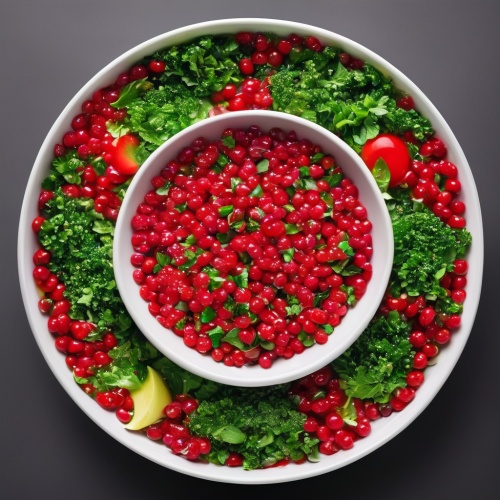 1. Shopska Salad (Шопска салата): This traditional Bulgarian salad is a vibrant mix of tomatoes, peppers, cucumbers, onions, and garlic. It's often served with feta cheese and olive oil, giving it a tangy and refreshing taste. The ingredients are typically sourced locally and are found in abundance in the region.
1. Shopska Salad (Шопска салата): This traditional Bulgarian salad is a vibrant mix of tomatoes, peppers, cucumbers, onions, and garlic. It's often served with feta cheese and olive oil, giving it a tangy and refreshing taste. The ingredients are typically sourced locally and are found in abundance in the region.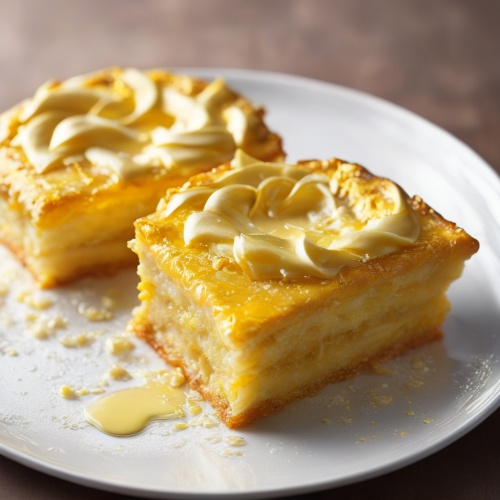 2. Banitsa (Баница): A staple in Bulgarian cuisine, banitsa is a filled pastry traditionally made with a mixture of fresh and dried herbs, cheese, and butter wrapped in layers of thin dough. Often served warm as a breakfast or brunch item, it may also be enjoyed at any time of day accompanied by a side of yogurt, fruits, or a spoonful of sweetened compote.
2. Banitsa (Баница): A staple in Bulgarian cuisine, banitsa is a filled pastry traditionally made with a mixture of fresh and dried herbs, cheese, and butter wrapped in layers of thin dough. Often served warm as a breakfast or brunch item, it may also be enjoyed at any time of day accompanied by a side of yogurt, fruits, or a spoonful of sweetened compote.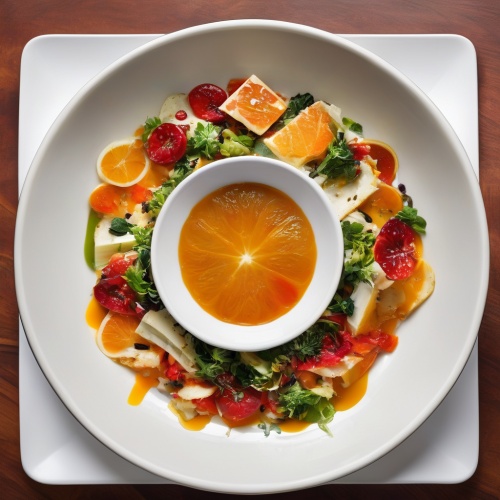 3. Moussaka (Мусака): This hearty and comforting Greek-inspired dish consists of layers of eggplant or potato, ground meat (usually beef or lamb), and a rich béchamel sauce flavored with cinnamon, nutmeg, and other warm spices. The casserole is then topped with grated cheese, typically kashkaval, and baked until bubbling and golden brown.
3. Moussaka (Мусака): This hearty and comforting Greek-inspired dish consists of layers of eggplant or potato, ground meat (usually beef or lamb), and a rich béchamel sauce flavored with cinnamon, nutmeg, and other warm spices. The casserole is then topped with grated cheese, typically kashkaval, and baked until bubbling and golden brown.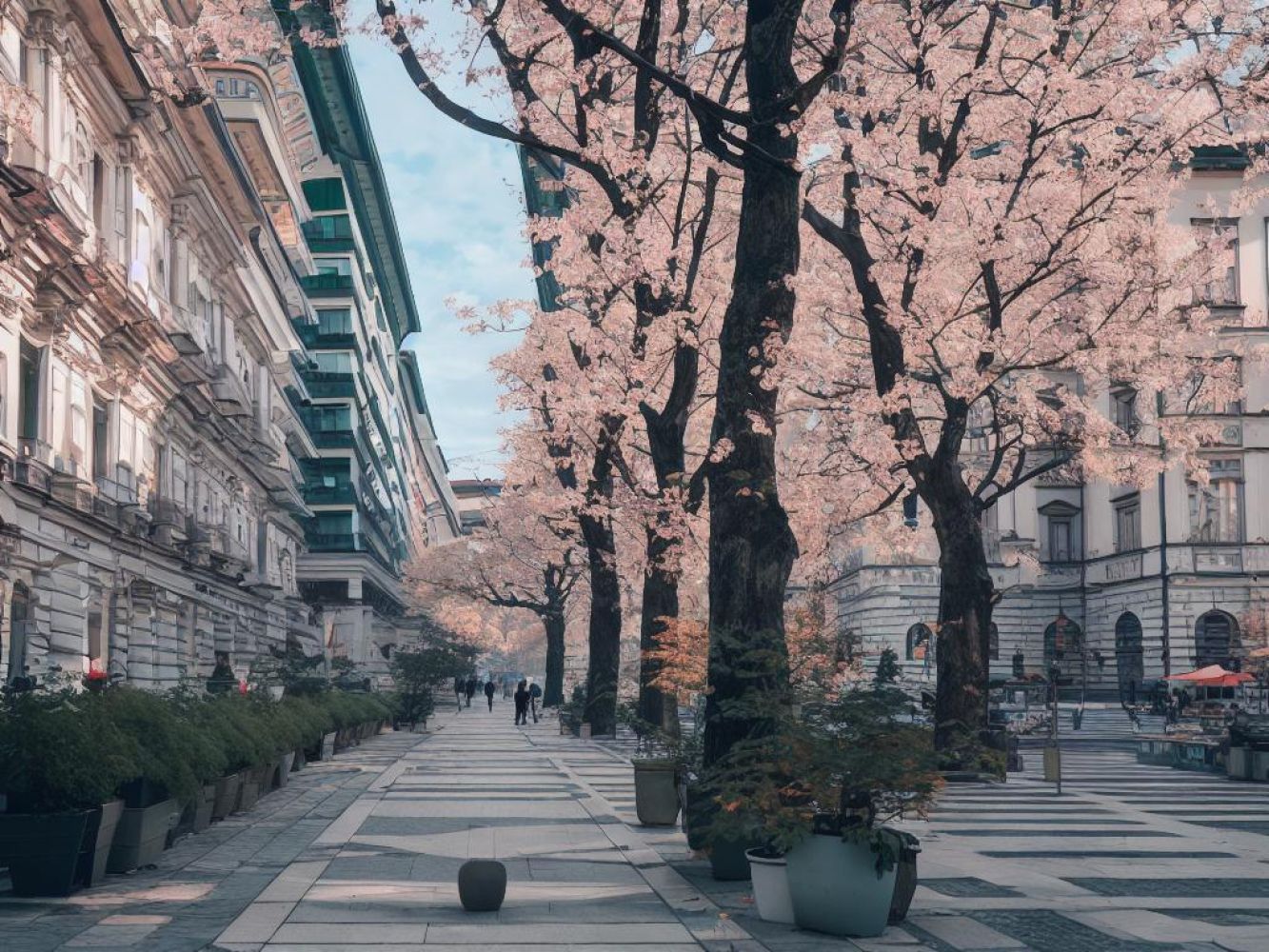

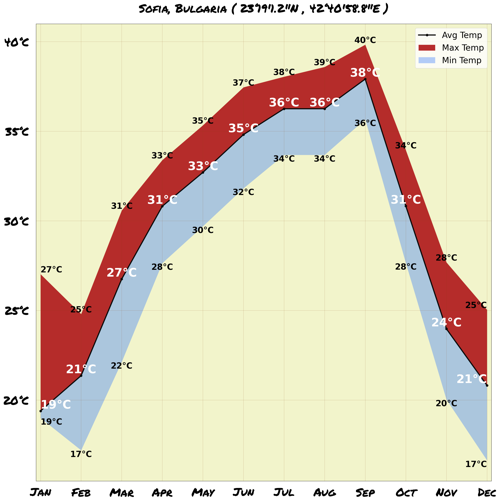
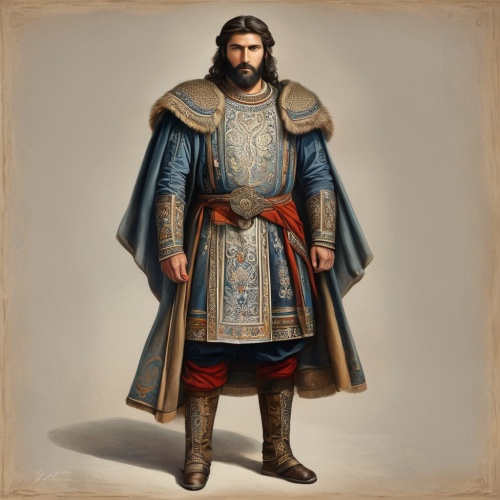
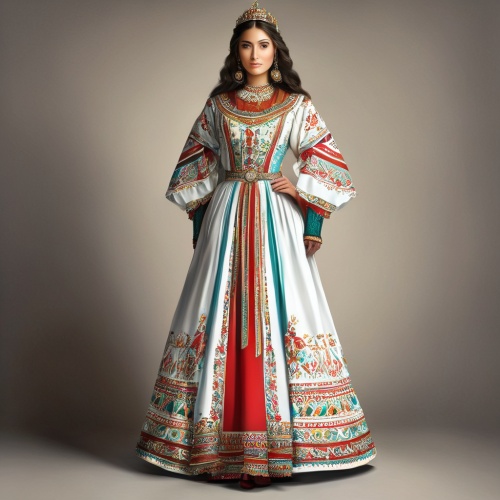
Comments
NO COMMENTS